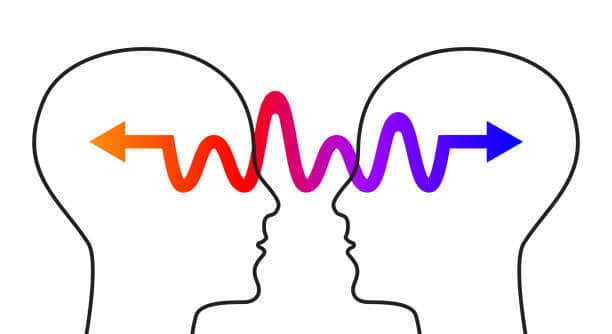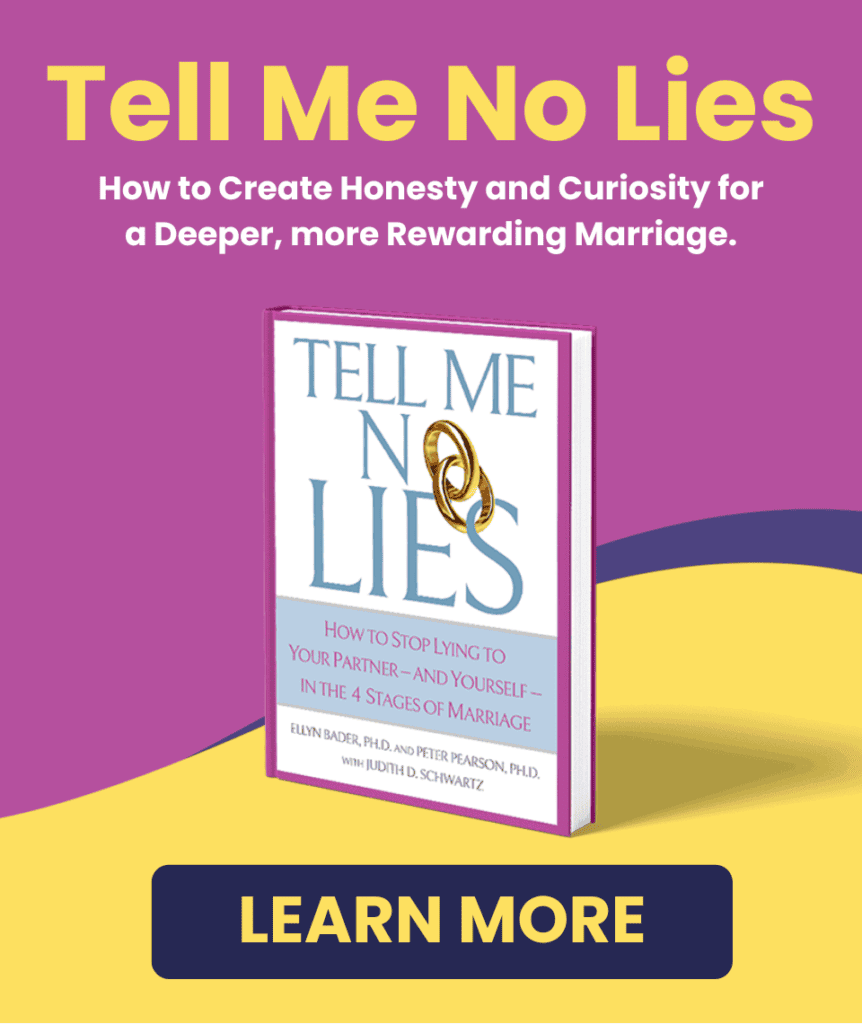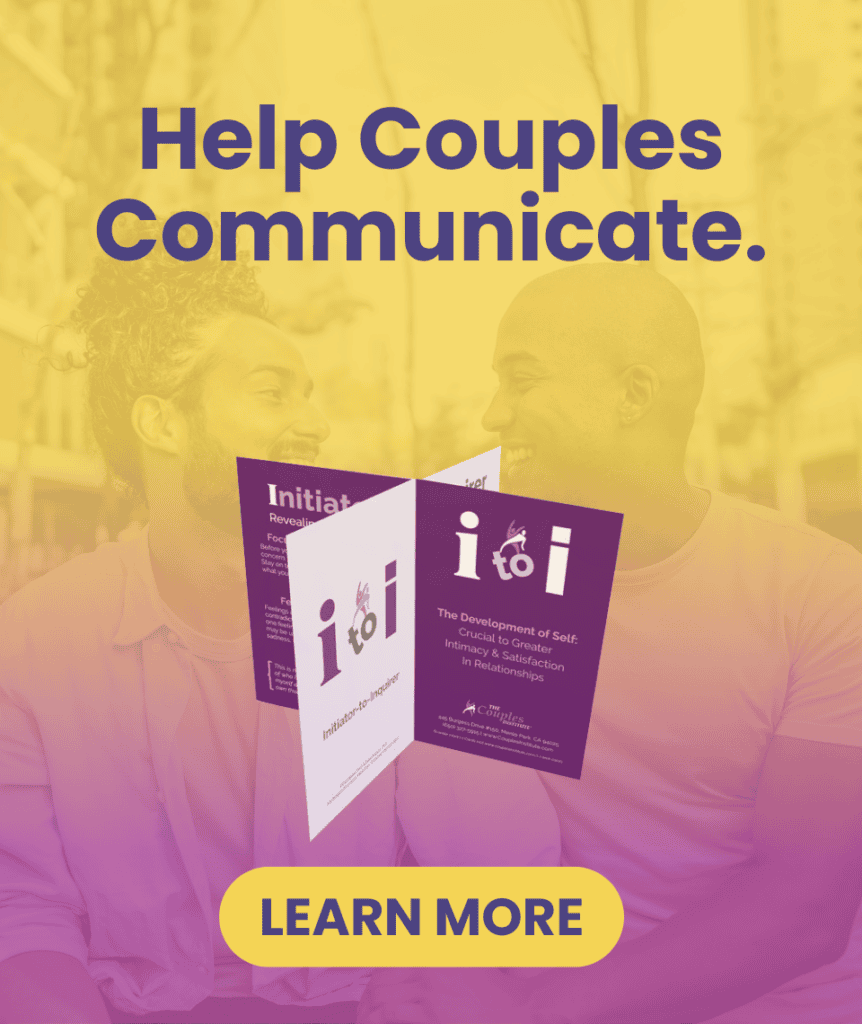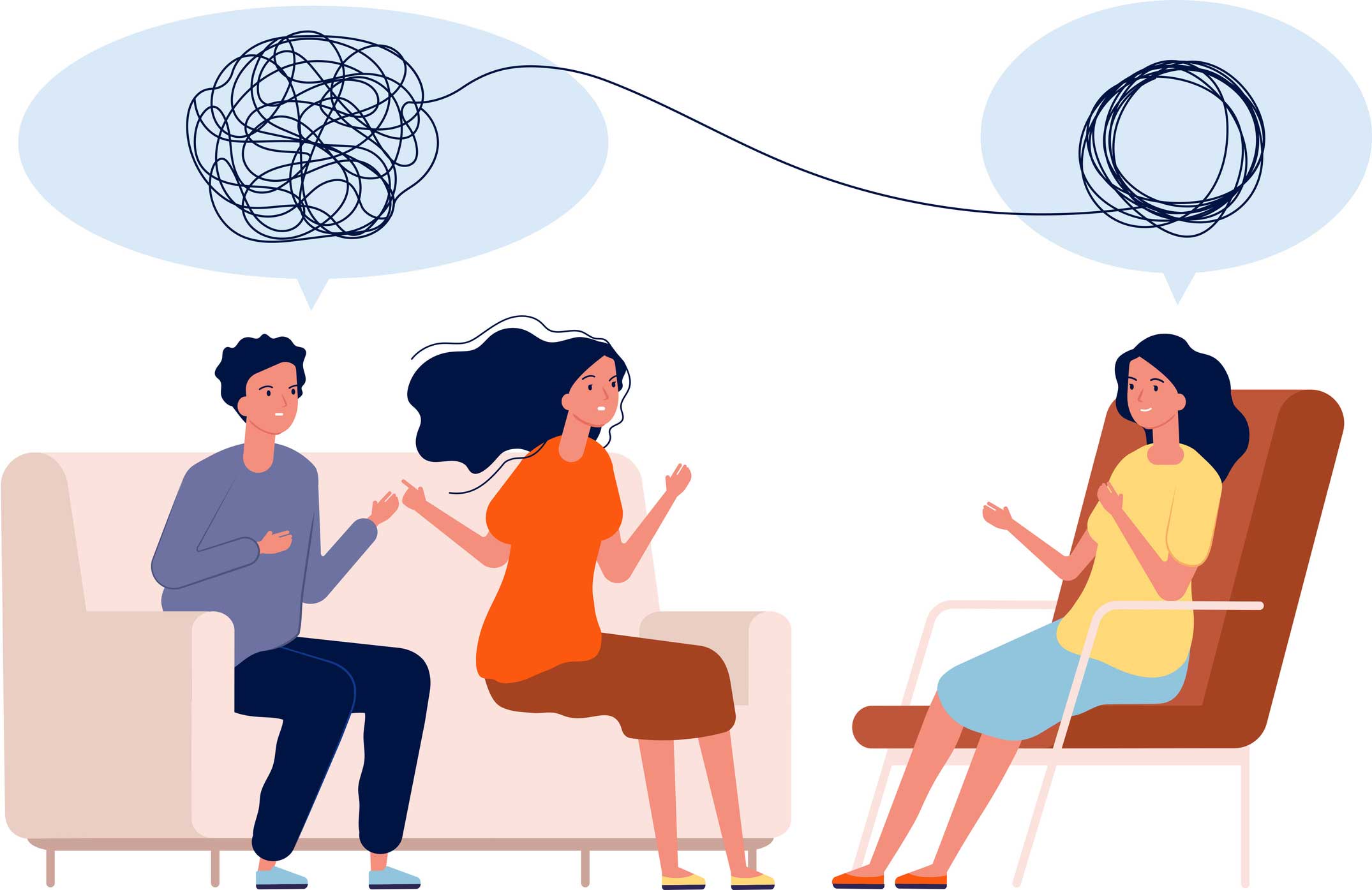We often say that healthy communication is the cornerstone of a great relationship, but is it? Neuroscience has helped us evaluate what really drives connection in relationship. We know the brain concerns itself primarily with safety and security before the color of our curtains and even before love, so what is the most effective way to speak the language of connection to the brain and nervous system? In my recent book More than Words: The Science of Deepening Love and Connection in Any Relationship, I explore these questions, and answer them with the latest science. It turns out we can learn a lot from brain science about how to create secure connections in our relationships efficiently and effectively. Let’s explore some of the highlights together.
- Connection is driven by non-verbal communication. The words we say do matter, just not as much as our non-verbal signals. The nervous system looks to facial expressions, tone of voice, and body language to determine how safe we should feel with someone else. We measure the quality of a person’s gaze, and the use (or lack of) proximity and touch to evaluate connecting cues subconsciously. When the nervous system is satisfied that we feel safe with someone, we relax with them, and open up to what they have to say. But if we remain on edge due to off-putting nonverbal signals, it’s harder to pay attention to someone’s communication. You can use this to your advantage by communicating safety and security non-verbally through your eyes, tone, touch, and body language before you engage with too many words and concepts.
- We all need to be more present. The brain and nervous system need obvious positive signals of interest, friendliness and safety to check those internal boxes that determine closeness. In the absence of positive cues, the brain assumes the worst as a safety precaution, and will remain suspicious of others (even partners!), as the brain recalculates security many times a day. A subtle disconnect at the subconscious level often leads to arguments, including those involving petty differences, with the real issue being the lack of trust and goodwill. But once we feel connected, those petty arguments recede.To send clear signals of interest and appreciation, we need to be fully present with others physically in our body language, mentally in our focus, and emotionally in our curiosity and empathy. We need to stop multitasking during partner interactions and bring our full attention to the moment and to our partner. It’s fine to cook dinner together and clean up, but the nervous system needs moments of direct engagement to register deep connection – those moments when we slow down, warmly look someone in the eyes, and let them know what they mean to us and that we love them. Those moments of deep connection linger in memory and carry goodwill in subsequent interactions.
- Practice helps rewire automatic habits. We all know those sticky issues that linger in relationships and never seem to improve much. If you’re familiar with relationship science, then you know that we don’t typically expect those differences of habit and perspective to change, rather couples can learn to manage them better. But hidden in relationship science is another secret: Most relationship behaviors are automatic and procedural, involving muscle memory, and can be retrained through practice. So, instead of just talking about an issue that creates friction in your relationship, you might role play how it could go well until a mutually-pleasing interaction is found, then practice that scenario and skill over and over until it is ingrained in muscle memory. This type of practice is common in sports, language learning, and music – all activities that require muscle memory – but seldom used by couples to improve their relationship habits. Leading therapists often employ such practice, however, because it is effective in building skill that remains in place under stress, such as when we get upset.
These are just three quick highlights from my recently released book, More than Words: The Science of Deepening Love and Connection in Any Relationship (Simon & Schuster, 2022). By reading the book, you’ll learn ways to deepen the love you share with others and strengthen the security of your most important bonds via the latest science. You’ll be able to unpack how to use the tips above and receive exercises that help build your skill as partners. Investing in the quality of your relationships pays huge dividends every day of your life. It improves not only your relationships, but your overall health and longevity as well!
Here’s to more love and deeper connection!
John Howard, LMFT is a Licensed Marriage and Family Therapist, Founder of the Ready Set Love® line on online courses for couples, and host of The John Howard show, a relationship wellness podcast. He is on the faculty at the Dell Medical School in Austin, TX and leads a team of wellness experts at PRESENCE, an integrative health center.
You can purchase his book More than Words from Amazon or directly from his website along with a free chapter on attachment at getmorethanwords.com.




 We respect your privacy.
We respect your privacy.

